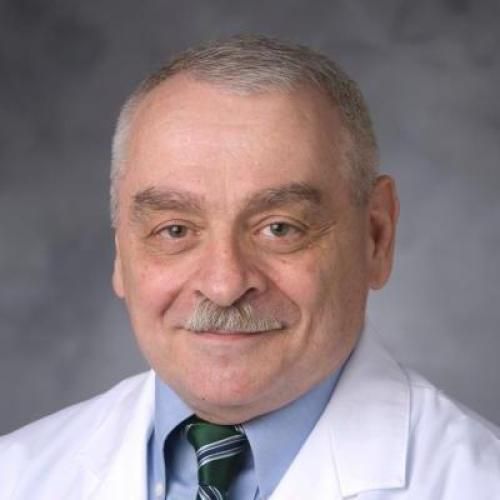
Hydroxyl radical production in the brain after CO hypoxia in rats.
Reactive oxygen species (ROS) have been implicated in the pathogenesis of neuronal injury after carbon monoxide (CO) poisoning. Severe CO poisoning is treated with hyperbaric oxygen (HBO), which eliminates CO quickly from hemoglobin and body tissue stores, but has a potential to increase ROS generation. In this study, the effects of HBO on generation of highly reactive hydroxyl radical (HO.) in the brain after CO poisoning in rats was investigated using nonenzymatic hydroxylation of salicylic acid to 2,3 dihydroxybenzoic acid (2,3-DHBA) as a probe. In control studies, the concentrations of 2,3-DHBA after HBO in brain mitochondria and postmitochondrial supernatant (cytosol) were similar to air-exposed animals. After CO poisoning, 2,3-DHBA concentration increased in brain mitochondria but not in the cytosol. After CO exposure and HBO administration at 1.5 atmospheres absolute (ATA), a decrease in 2,3-DHBA production was detected in brain mitochondria. After CO and HBO at 2.5 ATA, 2,3-DHBA concentration increased in both mitochondria and cytosol. The oxidant scavenger dimethylthiourea (DMTU) and the monoamine oxidase (MAO) inhibitor pargyline, administered to CO poisoned rats after HBO at 2.5 ATA, diminished 2,3-DHBA production in both subcellular compartments. These findings indicate that brain HO. production can be either diminished or accelerated after severe CO poisoning depending on the oxygen partial pressure employed during therapy.
Duke Scholars
Altmetric Attention Stats
Dimensions Citation Stats
Published In
DOI
ISSN
Publication Date
Volume
Issue
Start / End Page
Location
Related Subject Headings
- Salicylic Acid
- Salicylates
- Reactive Oxygen Species
- Rats, Sprague-Dawley
- Rats
- Mitochondria
- Male
- Hypoxia, Brain
- Hyperbaric Oxygenation
- Hydroxylation
Citation

Published In
DOI
ISSN
Publication Date
Volume
Issue
Start / End Page
Location
Related Subject Headings
- Salicylic Acid
- Salicylates
- Reactive Oxygen Species
- Rats, Sprague-Dawley
- Rats
- Mitochondria
- Male
- Hypoxia, Brain
- Hyperbaric Oxygenation
- Hydroxylation

